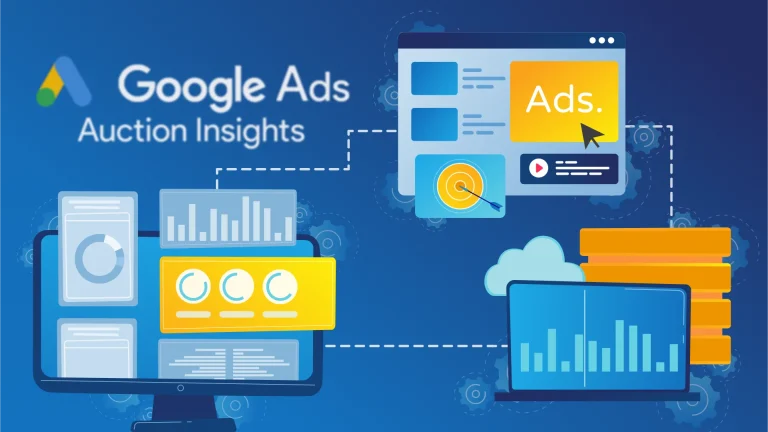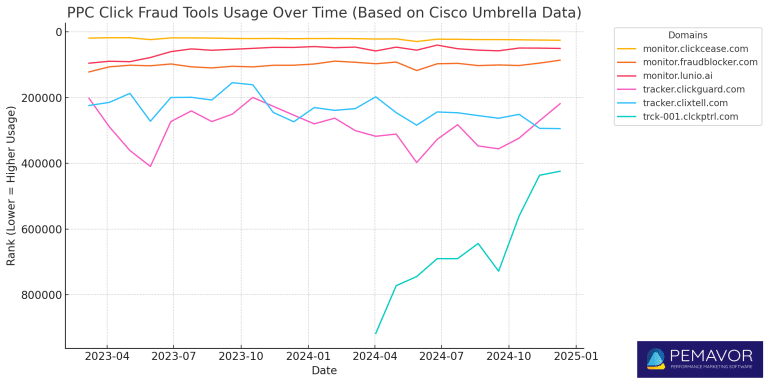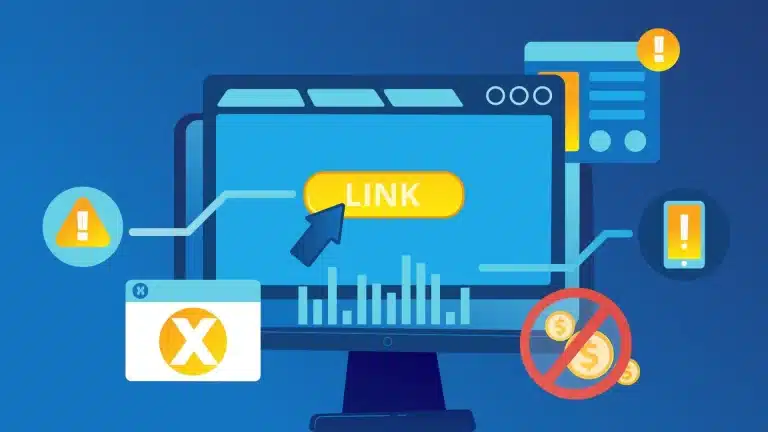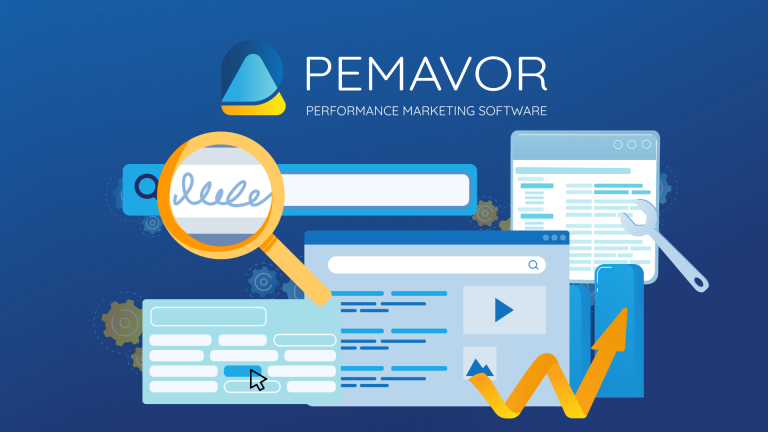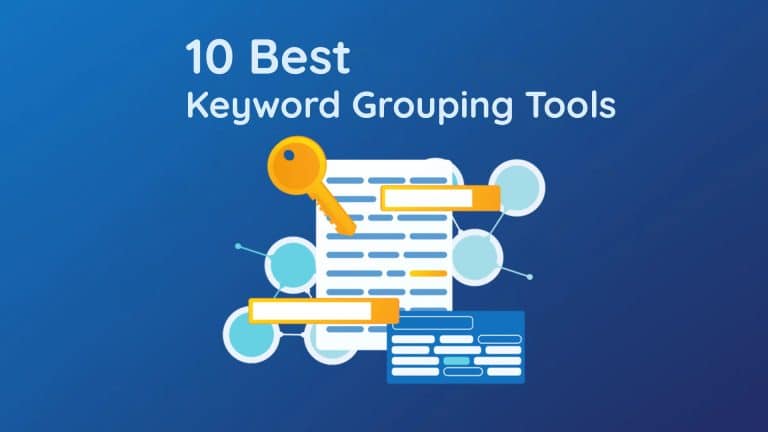PPC ads are like magic wands for brands, giving us the power to accelerate business growth and enable bold actions. With the right approach, they can bring in a flood of potential customers in no time.
However, some companies think that running ads randomly will yield results. The truth is, strategically planning PPC campaigns and ensuring they reach the right audience is what makes all the difference. This way, you’re not just spending your budget, you’re investing it wisely.
But, competition is harsh, so crafting effective strategies is challenging. So, what do we do? Giving up isn’t an option. Instead, we take it step by step.
One of them is PPC competitor research. Even the tiniest data point can give you a major advantage. How much are your competitors paying per click? Which keywords are they targeting? You need to track them like a detective, uncovering the insights that matter. But how? With the help of some efficient tools. In this article, you’ll find a list of them.
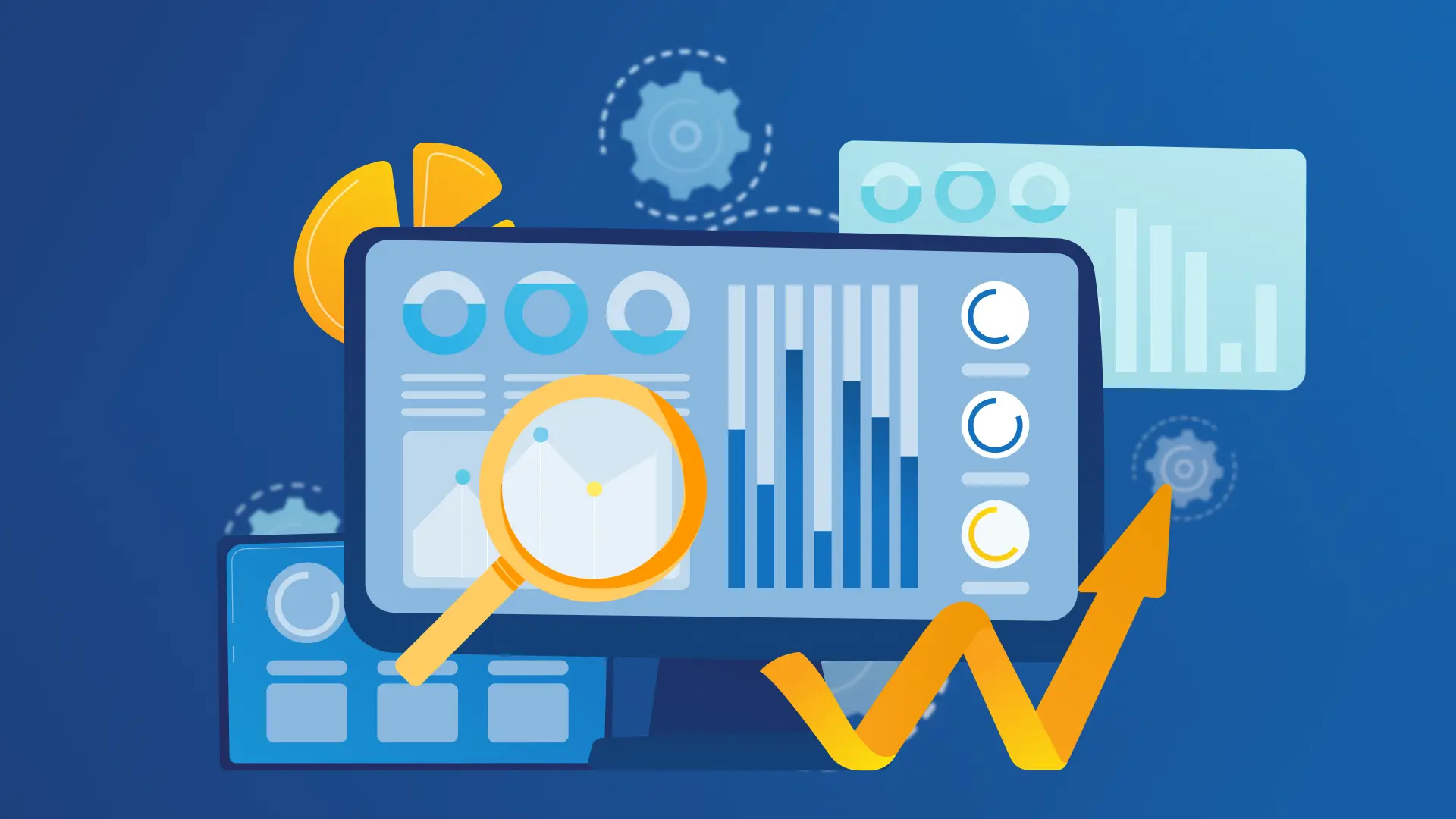
Why Auction Insights matter for PPC competitor analysis
Without auction insights, your next PPC campaign won’t have a clear view of performance compared to competitors. You should take a closer look at various metrics for both your previous campaigns and competitors’ ads.
For example:
Impression Share → How often your ads appear vs. competitors. Position Above Rate & Outranking Share → Who consistently outranks you.Overlap & Top of Page Rate → Where competitors outperform you and what adjustments to make.
These insights help refine bidding strategies, optimize ad copy, and identify opportunities to capture more market share. Read more to learn how you can use Auction Insights in Google Ads.
How to analyze competitor ads with SERP ad breakdown
To fully understand your competitor’s PPC strategy, you need to analyze how their ads appear on the Search Engine Results Page (SERP).
A competitive SERP ad analysis should consider:
- Positioning → Are their ads appearing above or below the fold?
- Ad Extensions Used → Do they leverage sitelinks, callouts, structured snippets, or price extensions?
- Headline Messaging → Are they using numbers, emotional triggers, or urgency-based CTAs?
- Landing Page Experience → Do they offer lead magnets, free trials, or strong CTAs to capture leads?
For example: If your competitor’s ad always ranks #1, check:
- Are they using power words in their headlines?
- Are their sitelinks or price extensions boosting engagement?
- Do they offer stronger incentives (e.g., “Free 14-day trial”)?
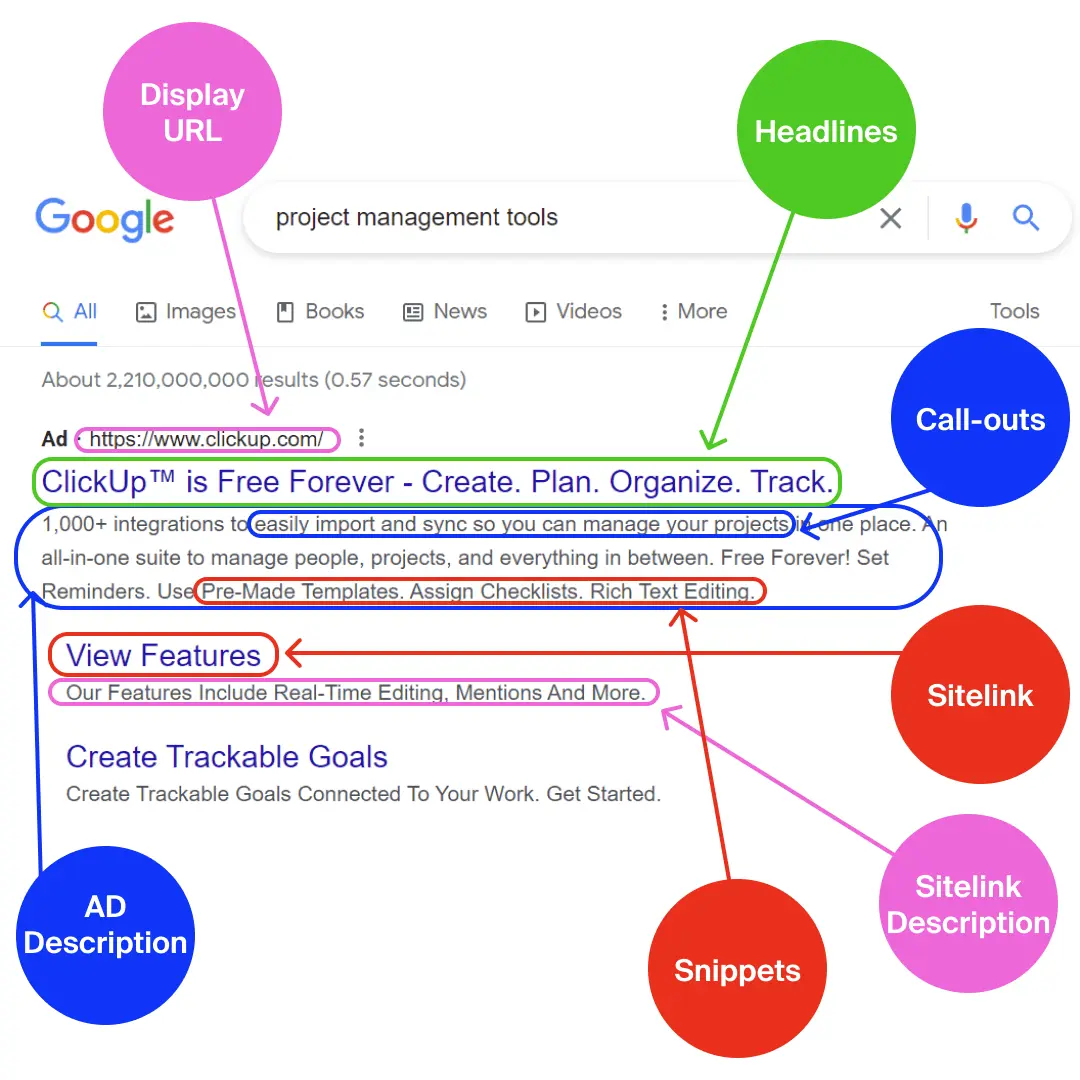
How to do a PPC competitive analysis
Raw Auciton Insight data isn’t efficient. You need to compare your performance against industry benchmarks to understand where you stand.
You should study competitors’ targeted keywords, ad copy, landing pages, offers, and conversion tactics. PEMAVOR’s Auction Insights Tool helps by providing:
- Benchmark metrics → Identify whether your Impression Share, Outranking Share, and Position Above Rate are above or below the industry average.
- Competitive performance trends → Spot long-term patterns rather than just daily fluctuations.
- Actionable data → Get insights into whether your quality score, bid strategy, or ad copy needs improvement to match top competitors.
Ask those questions to yourself:
- Are my top competitors consistently outranking me?
- Is my Impression Share increasing or decreasing over time?
- Am I spending more but seeing lower conversions compared to industry standarts?
Use Auction Insights Tool strategically
Follow these four key steps:
Step 1: Export Auction Insights from Google Ads
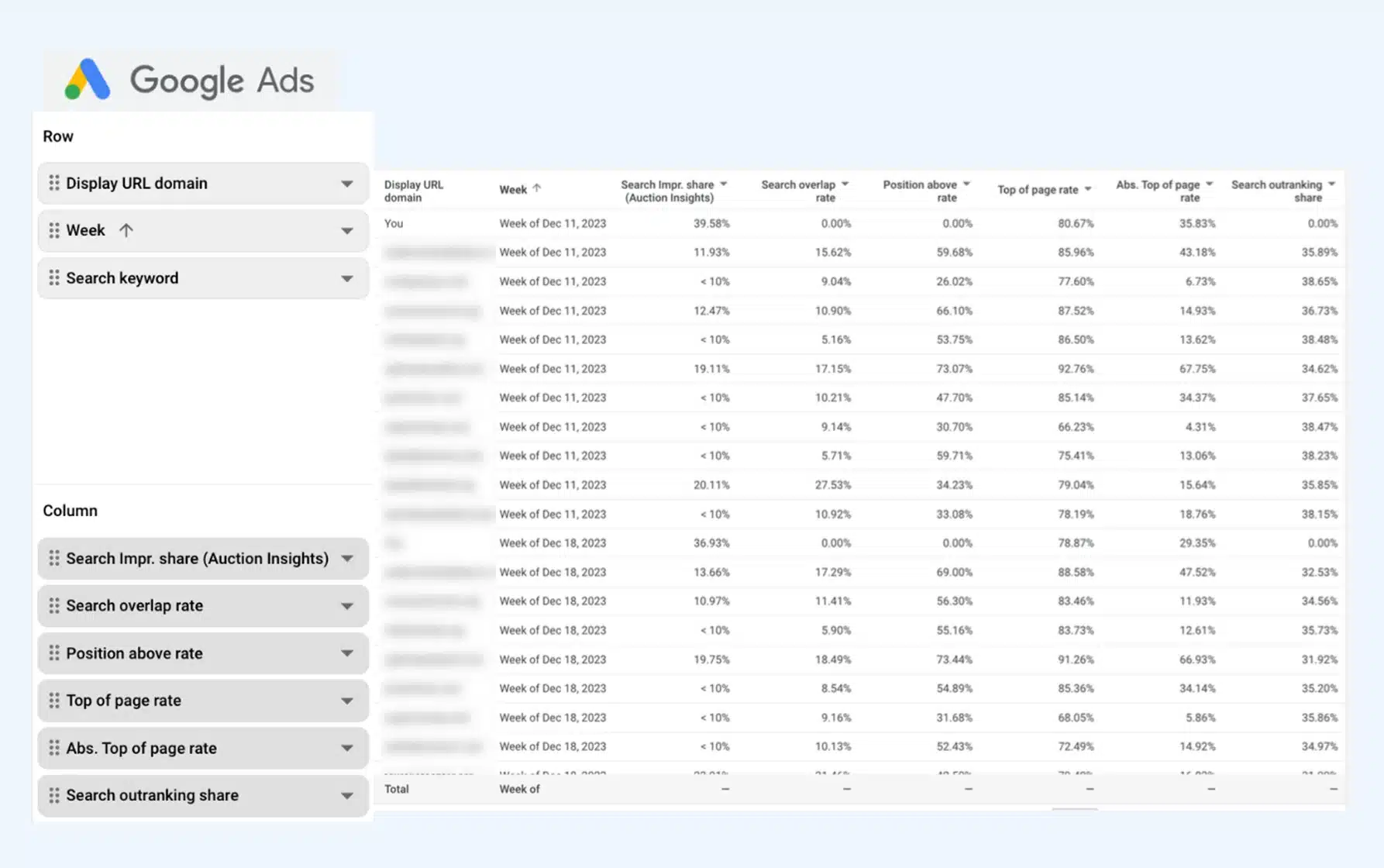
Step 2: Upload the CSV to the tool
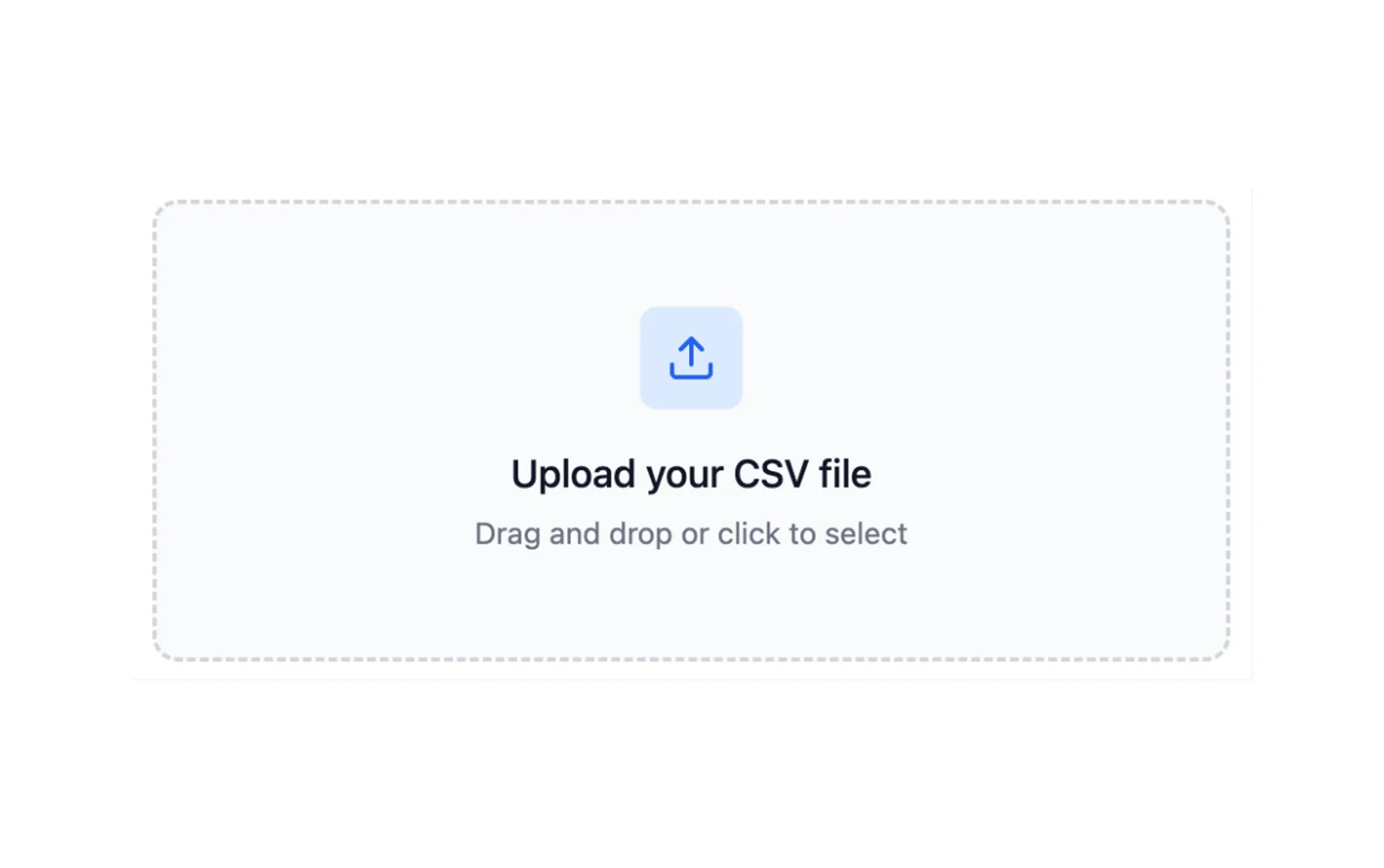
Step 3: Analyze Impression Share trends
- See if your competitors are outbidding you consistently.
- If yes, adjust bidding strategies or test new keywords.
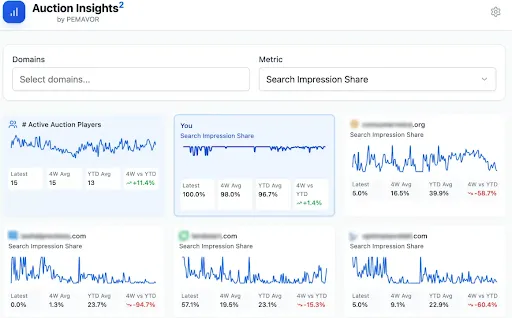
Step 4: Check Position Above Rate & Outranking Share
- If a competitor ranks higher often, analyze their ad copy & landing pages.
- Action: Improve your ad relevance & quality score to increase competitiveness.
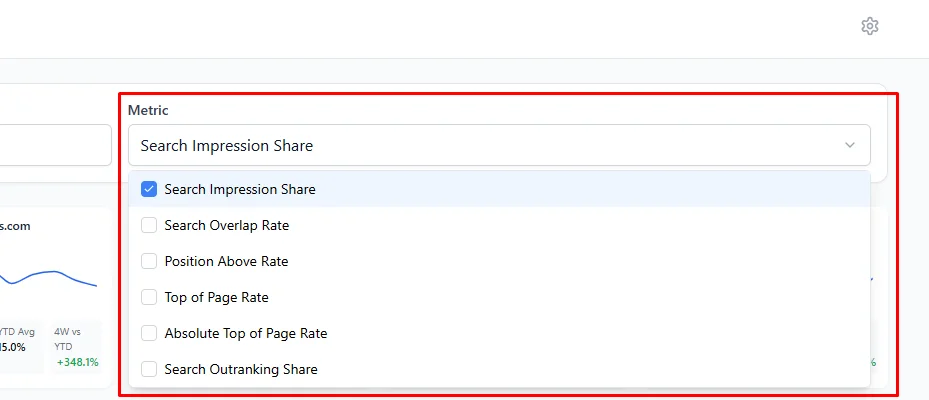
Step 4: Track sudden changes in competitive activity
- If a competitor suddenly increases bids, they may be running a campaign or testing new keywords.
- Action: Adjust bids or explore long-tail keyword strategies.
Why multi-platform PPC competitor tracking is essential
PPC competition isn’t limited to Google Ads. In 2025, brands are investing heavily in multi-channel strategies across Facebook, LinkedIn, TikTok, and programmatic ad networks. When you’re only tracking Google Ads, you might miss a vital insight to stand out from your competitors.
- Diverse audience behaviors: LinkedIn is great for B2B, while TikTok excels for younger demographics.
- Competitive bidding strategies vary: Facebook has a different ad auction model than Google Ads.
- Retargeting advantages: Tracking your competitors’ strategies across platforms allows better cross-channel retargeting.
Start monitoring cross-platform PPC strategies today using these tools.
Top PPC competitor analysis tools:
Google Ads Transparency Center
Google Ads Transparency Center lets you see all the ads running for a competitor, including formats, targeting, and platforms.
Why it’s useful: It provides direct insights into your competitors’ active campaigns, their ad creative, and campaign timelines.
Headquarters: Cincinnati, USA
Pros: Free, user-friendly interface, reliable data directly from Google.
Cons: Limited to Google Ads; lacks advanced analysis tools.
Pricing: Free
Ahrefs (Paid Search Traffic Analysis)
Ahrefs provides detailed data on competitors’ paid search campaigns, including keywords, traffic estimates, and cost-per-click.
Why it’s useful: It combines organic and paid insights, offering a full picture of your competitor’s strategy.
Headquarters: Boston, USA
Pros: Powerful keyword analysis, integrates organic and paid data, large database.
Cons: Expensive for smaller businesses; steep learning curve.
Pricing: Starting at $99/month
“I’ve been using Ahrefs for over three years, and I’m surprised by the number of negative reviews here. While there are occasional issues, likely due to the enormous amount of data they manage and keep up to date. I believe the quality of the insights they provide is outstanding and well worth the premium cost.” Ribbo Team
PEMAVOR’s Auction Insights Tool
This free competitor analysis tool analyzes Google Ads Auction Insights report to identify competitors, track impression share trends, and detect sudden changes in competitive activity.
Why it’s useful: It offers tailored reporting and actionable insights specific to Google Ads campaigns.
Headquarters: Fürth, Bavaria
Pros: Customized insights, boosts optimization efficiency, ideal for high-CPC industries.
Cons: Focused solely on Google Ads; niche tool for advanced users.
Pricing: Free
“The Pemavor tools help us to scale optimization processes across our very large number of accounts. Due to the very high CPC level in the software area, especially the Negativation tool has led to significant efficiency gains. Both conversion rate and click-through rate could be significantly increased.” Andrea Flachmann, Head of Marketing at PAESSLER AG
SpyFu
SpyFu reveals competitors’ Google Ads campaigns, including keywords they’re bidding on, estimated monthly budgets, and ad copy examples.
Why it’s useful: Perfect for budget-conscious teams needing easy access to competitive PPC data.
Headquarters: Scottsdale, AZ
Pros: Affordable, intuitive interface, great for small businesses.
Cons: Limited accuracy for low-budget campaigns; basic reporting features.
Pricing: Starting at $39/month
“Online marketers are always looking for new and efficient ways to conduct research and SpyFu is a source that doesn’t get much easier.” Nick Stamoulis, Brick Marketing
Adbeat
Adbeat tracks display and programmatic ads to uncover competitors’ creative strategies, placements, and publishers.
Why it’s useful: Ideal for advertisers focused on display campaigns and identifying successful publisher partnerships.
Headquarters: San Francisco, California
Pros: Exceptional for display ad analysis, clear reporting, identifies key publishers.
Cons: Higher pricing tier; less focused on search ads.
Pricing: Starts at $249/month
“This is a great strategic platform for making and implementing digital advertisements. The amazing features of it guide users in enhencing the marketing techniques. With respect to this, you’ll be able to generate and track the detailed and analytical insights for your campaigns and accounts so easily. This also gives you an access and freedom for keeping a monitoring eye on the campaigns and published content.” Preeti R. Marketer
iSpionage
Focuses on PPC competitive research, showcasing competitors’ ad spend, keywords, and landing page examples.
Why it’s useful: Provides full-funnel analysis, from ad click to conversion.
Headquarters: San Jose, CA
Pros: Excellent landing page insights, great for conversion-focused strategies.
Cons: Outdated UI; less intuitive for beginners.
Pricing: Starting at $59/month
“As someone who looks at thousands of landing pages each month, iSpionage has become my most treasured resource for landing page discovery. As a competitive intelligence tool it’s a great way to keep abreast of what others are doing.” Oli Gardner, Founder of Unbounce
SimilarWeb
SimilarWeb tracks competitors’ traffic sources, including paid search, and identifies top-performing keywords and ad channels.
Why it’s useful: Provides a complete view of both organic and paid traffic performance.
Headquarters: San Jose, CA, US
Pros: Comprehensive traffic analysis, robust API integrations.
Cons: Expensive for smaller companies; requires training to fully utilize.
Pricing: Starts at $167/month
“Similarweb’s API has been key in shaping our product roadmap by enabling us to detect trends early. This integration not only enhanced our machine learning models but also streamlined our data-driven decision-making process.” Shawn Lucas, Head of Strategy & Research at Wix
Facebook Ad Library
It displays active ads from competitors on Facebook and Instagram, including creative elements and campaign objectives.
Why it’s useful: Essential for cross-platform advertisers to monitor social media campaigns.
Headquarters: Menlo Park, CA
Pros: Free, easy to navigate, great for creative inspiration.
Cons: Limited to Facebook and Instagram; no deep analytics.
Pricing: Free
LinkedIn Ads Library
It provides insights into active sponsored content and ad campaigns running on LinkedIn. You can search by advertiser, industry, or region to understand what messaging, creatives, and CTAs competitors are using for B2B audiences.
Why it’s useful: Essential for B2B marketers to analyze competitor ad strategies, audience targeting, and content formats.
Headquarters: Sunnyvale, CA
Pros: Free, great for analyzing B2B ad creatives and industry-specific targeting.
Cons: Limited data on ad performance; does not show engagement metrics.
Pricing: Free
Quantcast
Quantcast elevates the best of machine learning anopd human thinking to optimize advertising for better outcomes.
Why it’s useful: Perfect for analyzing audience overlap and cross-channel PPC strategies.
Headquarters: San Francisco, CA
Pros: Free insights with advanced machine learning, cross-channel data analysis.
Cons: Limited focus outside programmatic advertising; data complexity.
Pricing: Free basic version; custom pricing for advanced features
“As Quantcast Measure is free to implement and use I really can’t think of any ‘cons’. It’s very comprehensive and can help to power your online campaigns, especially your paid advertising campaigns.” Jamie M., Head of Marketing
Adzooma is an AI-powered advertising management platform that helps businesses optimize and automate their Google, Facebook, and Microsoft ad campaigns.
Why it’s useful: Ideal for small to mid-sized businesses looking to streamline ad management, improve efficiency, and reduce manual workload.
Headquarters: Nottingham, United Kingdom
Pros: AI-driven recommendations, automation tools, free account option, easy-to-use interface.
Cons: Limited advanced features for enterprise-level users, occasional syncing issues.
Pricing: offers a free plan with essential features. Starts at $69/m for enhanced capabilities.
“The team and I have been very impressed with the Adzooma platform. It’s simple to use and gives relevant optimisation ideas to help grow our Google, Microsoft and Facebook accounts.” Stephen Harrington
Competitor monitoring tools table:
| Category | Tool | Pros | Cons | Score (1-5) |
|---|---|---|---|---|
| Google Ads Tools: | Google Ads Transparency Center | Free, user-friendly, reliable data | Limited to Google Ads, basic features | 4 |
| PEMAVOR’s Auction Insights Tool | Tailored insights, ideal for high-CPC areas | Google Ads-focused, advanced users only | 4.5 | |
| PPC Keyword Research: | Ahrefs | Combines paid/organic data, powerful tools | Expensive, learning curve | 4.5 |
| SpyFu | Affordable, intuitive, competitive data | Limited accuracy, basic reporting | 4 | |
| Display & Video Campaigns: | Adbeat | Great for display campaigns, key publishers | High price, limited for search ads | 4 |
| Cross-Channel Insights: | SimilarWeb | Robust traffic insights, organic + paid | Expensive, requires training | 4.5 |
| Quantcast | Advanced ML-driven audience insights | Focus on programmatic, complex data | 4 | |
| Paid Social Media: | Facebook Ad Library | Free, easy-to-use, creative inspiration | Limited analytics, only FB/Instagram | 4 |
| LinkedIn Ad Library | Free, great for analyzing industry-specific targeting | Limited data on ad performance; no engagement metrics | 4 | |
| Automation & Optimization: | Adzooma | Budget-friendly, simplifies PPC management | Lacks advanced insights, better for SMBs | 4 |
Ready to outsmart your PPC competitors? Don’t just guess. Use real data to track and outperform them.
